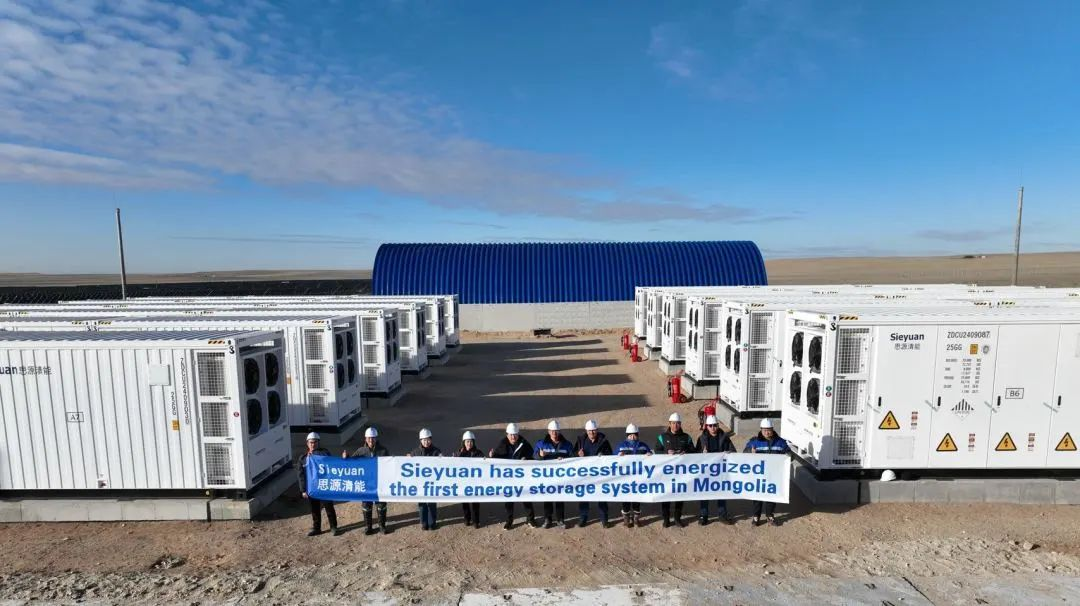The use of Energy storage systems has been gaining traction in recent times especially within power generation projects which seek to improve renewable energy use as well as enhance grid systems. In this sense, the adoption of these systems in power projects will no longer be a choice but part of the trend across the globe in enhancing clean and securitized energy generation and use from various renewable resources.
A core strength of Energy storage systems and technologies is their ability to provide balance between an ever increasing consumption of energy and supply. The major challenge in conventional means of power generation is that consumers have diverse energy requirements that continue to fluctuate and this has been worsened by increasing contribution of solar and wind generating plants which are affected by the weather. Outlining, ESS assist moderate the grid and lessen the amount of fossil fuels used by storing surplus energy generated during high production periods and disbursing it during high demand periods. For power utility companies, this functionality is a key component aimed at achieving regulatory compliance and customer satisfaction for lower energy pollution.
In addition, energy storage systems make possible the shift from a centralized energy model to a more decentralized one. The importance of ESS is underscored as more consumers are beginning to use DERs, including solar rooftops and electric vehicles. Such systems do not only serve as backup generators but allow consumers to control their energy usage better. Using advanced technologies, energy customers are able to decrease their usage which will help in terms of lowering their developmental costs and developing a low carbon society.
There are also benefits in terms of the economics of energy storage systems when used with power projects. The price of energy storage using batteries has been declining due to development in battery technologies making it attractive for more uses. Power Storage projects at an affordable price can also assist with ancillary services important in maintaining the integrity of the grid such as frequency and voltage control. ESS will enable utilities to avoid expensive infrastructural development while improving operational effectiveness.
Furthermore, energy storage systems are essential for reinforcing the reliability of the power grid. Natural catastrophes can interrupt the energy supply, resulting in massive blackouts. By integrating an energy storage system into their network, power companies increase the assurance of energy delivery during disasters and ultimately protect their families and important services. It is, however, imperative as climate change is making such natural catastrophes more commonplace.
This tendency is projected to evolve as the necessity of electrical storage technologies in power projects is expected to increase significantly. There are indicators which suggest that the market is transforming in favor of hybrid power systems, which combine several types of sources with storage potential. Improvements in battery technology toward solid-state and flow batteries are the next steps for improving energy storing devices. Worldwide deployment of policy measures aimed at clean energy adoption and greenhouse emissions reduction will not reverse the increasing requirement for energy storage in the power sector.
By integrating energy storage systems within power initiatives, a new paradigm of energy management is entered. Energy storage systems are critical for the future of energy as they are designed to address supply and demand, allow for tokamak power plant economic diffusion, improve grid reliability, and make room for new technology.
 EN
EN
 AR
AR
 BG
BG
 HR
HR
 CS
CS
 DA
DA
 FR
FR
 DE
DE
 EL
EL
 HI
HI
 PL
PL
 PT
PT
 RU
RU
 ES
ES
 CA
CA
 TL
TL
 ID
ID
 SR
SR
 SK
SK
 SL
SL
 UK
UK
 VI
VI
 ET
ET
 HU
HU
 TH
TH
 MS
MS
 SW
SW
 GA
GA
 CY
CY
 HY
HY
 AZ
AZ
 UR
UR
 BN
BN
 LO
LO
 MN
MN
 NE
NE
 MY
MY
 KK
KK
 UZ
UZ
 KY
KY




